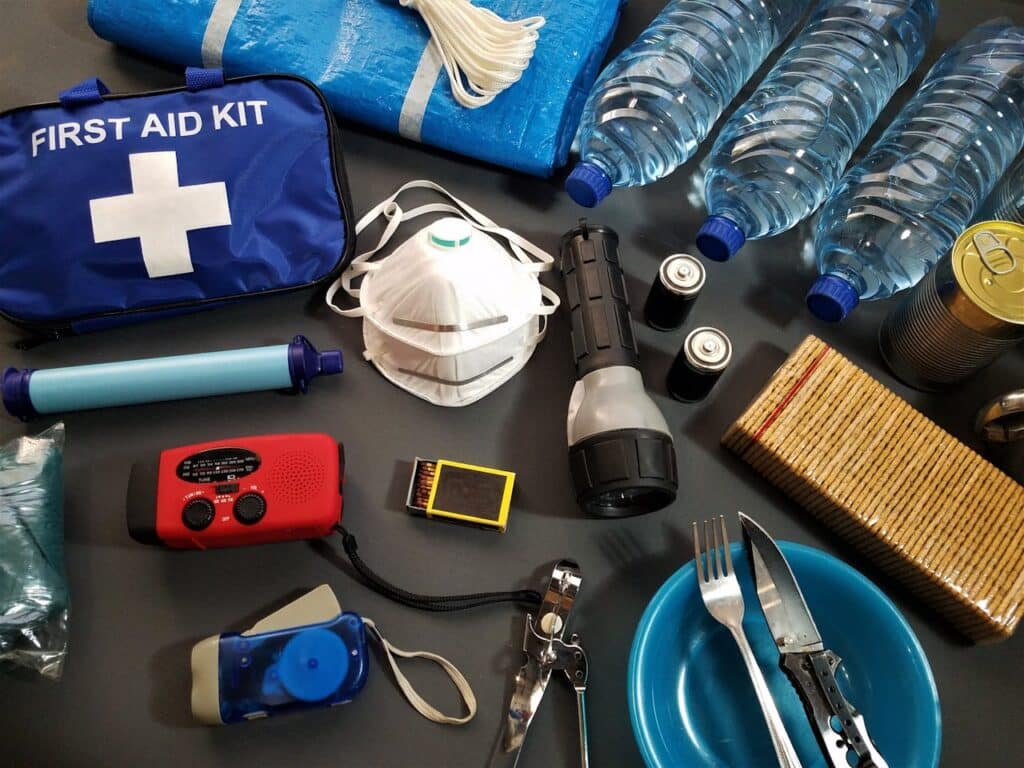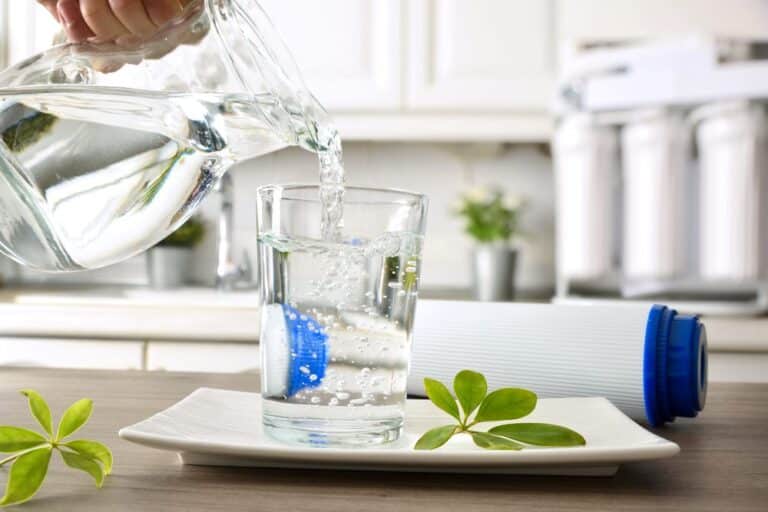In the peaceful landscapes of New Zealand, where nature’s beauty is ever-present, homeowners often find peace in the beautiful surroundings. However, the unpredictability of life demands preparedness, especially when it comes to unforeseen disasters.
In this article, we’ll explore the key components of a DIY disaster survival kit, focusing on the crucial need for preparedness. To underscore its importance, we’ll begin with a compelling story.
Surviving the Storm: A Homeowner’s Tale
On a peaceful evening in Tauranga, a sudden change in weather took the Morrison family by surprise. What started as a gentle drizzle transformed into a torrential downpour, accompanied by gusty winds. As the rain increased, a nearby river started to expand, raising concerns about potential flooding. In this critical moment, the Morrisons realised the value of having a DIY disaster survival kit readily available.
Equipped with essential tools and emergency supplies, the Morrisons efficiently addressed the situation. From securing loose outdoor items to ensuring their family’s safety, they navigated the challenges with confidence. This incident underscores the importance of proactive preparedness, prompting us to explore the must-have tools every New Zealand homeowner should consider for their DIY disaster survival kit.
Emergency Power Supply: A Lifeline in the Dark
In times of power outages, a reliable emergency power supply is essential. Consider investing in a portable generator that can keep essential appliances running and provide lighting during power outages. A solar-powered charger for devices is also a valuable addition.
Application Example: During a severe storm, power outages are common. Your emergency power supply ensures you stay connected, receive weather updates, and power essential devices.
First Aid Kit: Your Immediate Health Shield
A comprehensive first-aid kit is a fundamental component of any survival kit. Include bandages, antiseptic wipes, pain relievers, and any necessary prescription medications. Familiarise yourself with basic first aid procedures to address minor injuries promptly.
Application Example: In the event of an accident or injury during a DIY home repair, having a well-equipped first aid kit can make a crucial difference.
Multi-Tool Kit: Swiss Army Knife for Homeowners
A versatile multi-tool kit is a homeowner’s best friend. Ensure it includes pliers, screwdrivers, a utility knife, and other essentials. This compact toolkit can assist in a variety of tasks, from minor repairs to opening cans of emergency food.
Application Example: When faced with a broken window or a damaged door during a storm, a multi-tool kit empowers you to make immediate repairs.
Emergency Lighting: Eliminating Darkness Safely
Include reliable emergency lighting options, such as LED flashlights, lanterns, and headlamps. Opt for battery-operated or solar-powered options to ensure a continuous source of light during power outages.
Application Example: Navigating through your home during a blackout becomes much safer with strategically placed emergency lighting.
Water Filtration System: Hydration Assurance
Access to clean water is vital in any emergency. A portable water filtration system or water purification tablets can ensure a safe and sufficient water supply for you and your family.
Application Example: In the aftermath of a natural disaster, water sources may become contaminated. A water filtration system safeguards against waterborne diseases.
Fire Extinguisher: A Swift Response to Emergencies
A compact fire extinguisher is a non-negotiable item in your survival kit. Familiarise yourself with its usage to promptly address any small fires that may occur.
Application Example: A kitchen mishap or an electrical malfunction can escalate quickly; having a fire extinguisher allows you to respond swiftly.
Emergency Shelter: A Haven in Uncertain Times
In extreme weather conditions, having a small emergency shelter, such as a durable tent or a thermal sleeping bag, provides a temporary refuge until assistance arrives.
Application Example: An unexpected evacuation due to a disaster may leave you without a place to stay. An emergency shelter ensures you have a secure and comfortable space.
Communication Devices: Stay Connected, Stay Informed
Include communication devices like a battery-operated radio or a hand-crank emergency radio to receive critical updates and information during power outages.
Application Example: In scenarios where conventional communication methods fail, a dedicated emergency radio keeps you informed about rescue efforts and weather conditions.
Personal Protective Equipment (PPE): Shielding Against Hazards
Equip your survival kit with personal protective equipment, including gloves, masks, and safety glasses. These items are crucial when dealing with debris, potential contaminants, or conducting emergency repairs.
Application Example: After a storm, clearing debris or securing your property may expose you to hazards. PPE ensures your safety during such tasks.
Important Documents: Preserve Your Essentials
Store essential documents like identification, insurance policies, and emergency contacts in a waterproof and fire-resistant container. Having these documents readily available simplifies the recovery process after a disaster.
Application Example: Evacuating your home in an emergency requires quick access to important documents, ensuring a smoother evacuation process.
Conclusion:
Living in the dynamic environment of New Zealand, where the harmonious coexistence of natural beauty and unpredictable elements is a reality, underscores the paramount importance of preparedness. Crafting your DIY Disaster Survival Kit is not merely a task; it symbolises a commitment to shielding your home, loved ones, and yourself from life’s unforeseen challenges. This kit goes beyond the status of a mere collection of tools; it embodies resilience and responsibility.
By dedicating time and effort to anticipate and confront unexpected emergencies, you not only
strengthen your preparedness but also contribute to the safety and well-being of your community. As you peruse the comprehensive list of indispensable tools for your survival kit, take a moment for self-reflection. Assess your readiness—do you possess the essential resources to navigate through unexpected turns in life? Preparedness is a shared obligation, and your firm commitment fortifies the collective resilience of our communities. Reflect, prepare, and join the conversation. Share your thoughts, experiences, and additional insights on disaster preparedness in the comments below. Let’s collaboratively build a strong community prepared for any situation that may arise.
Are you ready for the unexpected? Share your thoughts, experiences, and additional suggestions on disaster preparedness in the comments below. Together, let’s build a resilient community prepared for any situation that may arise.




